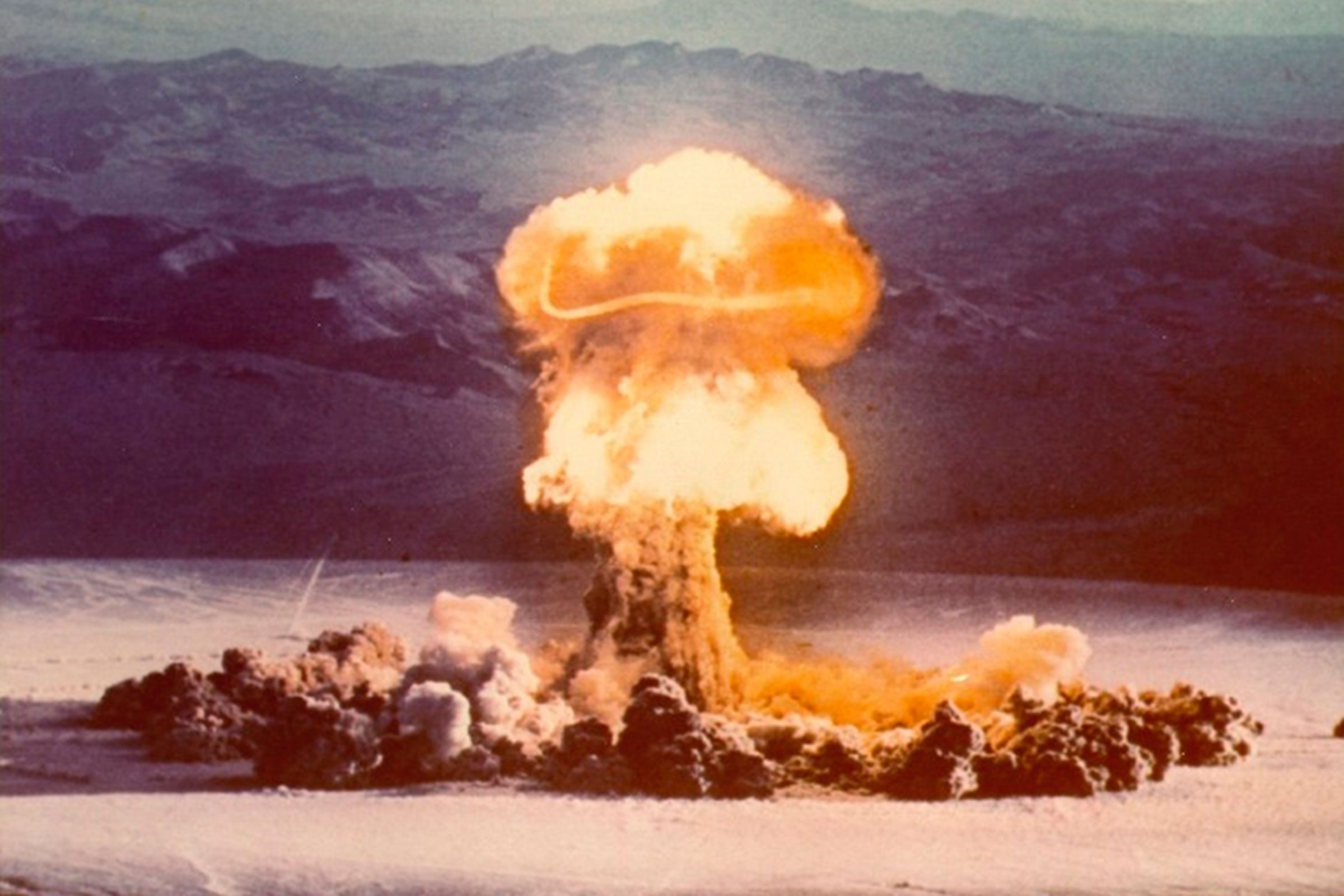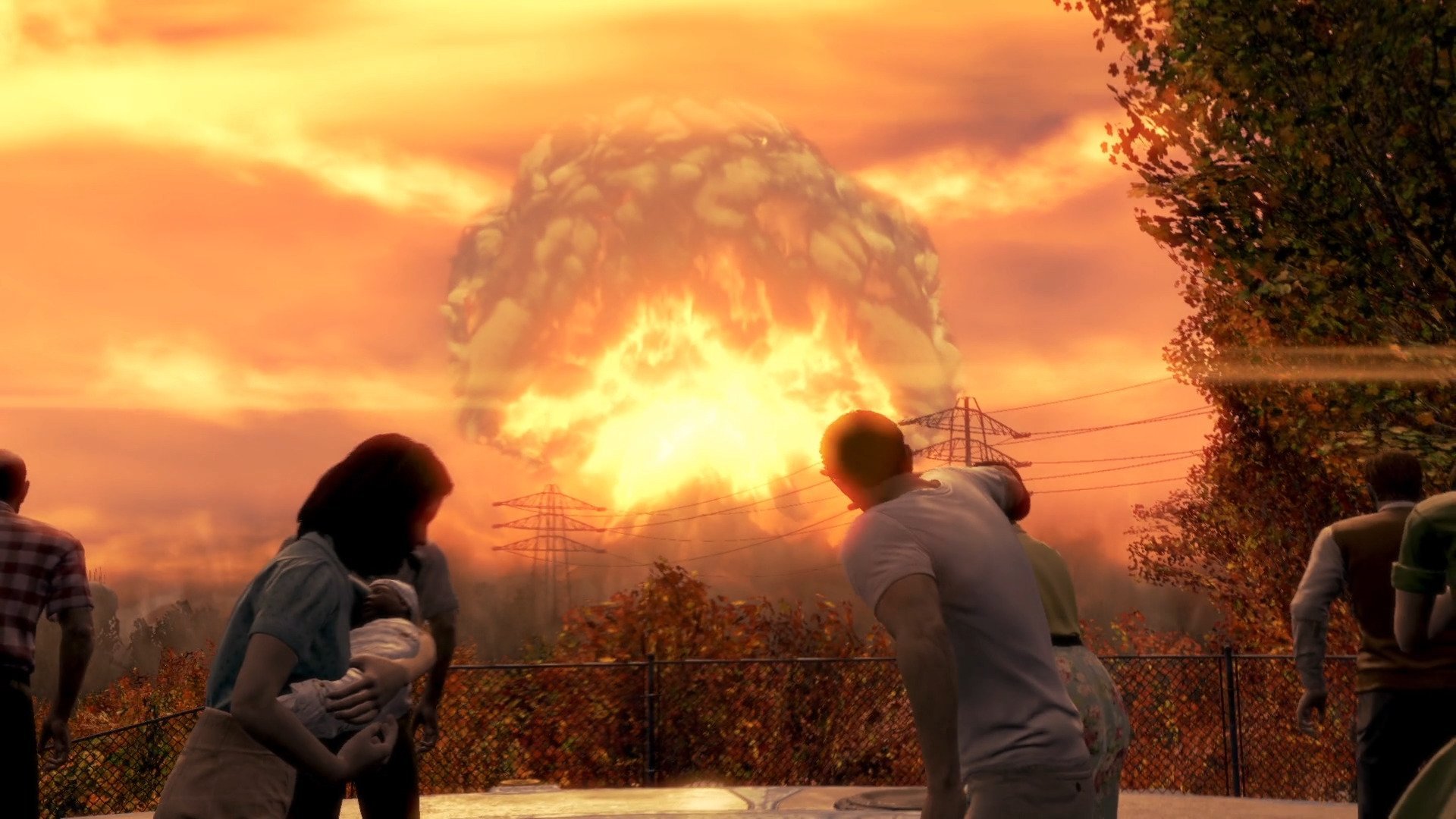
How a Nuclear War Would Kill You —
and Almost Everyone Else
François Diaz-Maurin / The Bulletin of the Atomic Scientists
(October 20, 2022) — This summer, the New York City Emergency Management department released a new public service announcement on nuclear preparedness, instructing New Yorkers about what to do during a nuclear attack.
The 90-second video starts with a woman nonchalantly announcing the catastrophic news: “So there’s been a nuclear attack. Don’t ask me how or why, just know that the big one has hit.” Then the PSA video advises New Yorkers on what to do in case of a nuclear attack: Get inside, stay inside, and stay tuned to media and governmental updates.
But nuclear preparedness works better if you are not in the blast radius of a nuclear attack. Otherwise, there’s no going into your house and closing your doors because the house will be gone. Now imagine there have been hundreds of those “big ones.” That’s what even a “small” nuclear war would include. If you are lucky not to be within the blast radius of one of those, it may not ruin your day, but soon enough, it will ruin your whole life.
Effects of a Single Nuclear Explosion
Microseconds into the explosion of a nuclear weapon, energy released in the form of X-rays heats the surrounding environment, forming a fireball of superheated air. Inside the fireball, the temperature and pressure are so extreme that all matter is rendered into a hot plasma of bare nuclei and subatomic particles, as is the case in the Sun’s multi-million-degree core.
The fireball following the airburst explosion of a 300-kiloton nuclear weapon — like the W87 thermonuclear warhead deployed on the Minuteman III missiles currently in service in the US nuclear arsenal — can grow to more than 600 meters (2,000 feet) in diameter and stays blindingly luminous for several seconds, before its surface cools.
The light radiated by the fireball’s heat — accounting for more than one-third of the thermonuclear weapon’s explosive energy — will be so intense that it ignites fires and causes severe burns at great distances. The thermal flash from a 300-kiloton nuclear weapon could cause first-degree burns as far as 13 kilometers (8 miles) from ground zero.
An airburst of a 300-kiloton explosion would produce a blast with an overpressure of over 5 pounds per square inch (or 0.3 atmospheres) up to 4.7 kilometers (2.9 miles) from the target. This is enough pressure to destroy most houses, gut skyscrapers, and cause widespread fatalities less than 10 seconds after the explosion.
Radioactive Fallout
Shortly after the nuclear detonation has released most of its energy in the direct radiation, heat, and blast, the fireball begins to cool and rise, becoming the head of the familiar mushroom cloud. Within it is a highly-radioactive brew of split atoms, which will eventually begin to drop out of the cloud as it is blown by the wind. Radioactive fallout, a form of delayed radioactivity, will expose post-war survivors to near-lethal doses of ionizing radiation.
As for the blast, the severity of the fallout contamination depends on the fission yield of the bomb and its height of burst. For weapons in the hundreds of kilotons, the area of immediate danger can encompass thousands of square kilometers downwind of the detonation site.
Radiation levels will be initially dominated by isotopes of short half-lives, which are the most energetic and so most dangerous to biological systems. The acutely lethal effects from the fallout will last from days to weeks, which is why authorities recommend staying inside for at least 48 hours, to allow radiation levels to decrease.
Because its effects are relatively delayed, estimating casualties from the fallout is difficult; the number of deaths and injuries will depend very much on what actions people take after an explosion. But in the vicinity of an explosion, buildings will be completely collapsed, and survivors will not be able to shelter.
1,000,000 Deaths after 24 Hours
Survivors finding themselves less than 460 meters (1,500 feet) from a 300-kiloton nuclear explosion will receive an ionizing radiation dose of 500 Roentgen equivalent man (rem). “It is generally believed that humans exposed to about 500 rem of radiation all at once will likely die without medical treatment,” the US Nuclear Regulatory Commission says.
But at a distance so close to ground zero, a 300-kiloton nuclear explosion would almost certainly burn and crush to death any human being. The higher the nuclear weapon’s yield, the smaller the acute radiation zone is relative to its other immediate effects.
One detonation of a modern-day, 300-kiloton nuclear warhead — that is, a warhead nearly 10 times the power of the atomic bombs detonated at Hiroshima and Nagasaki combined — on a city like New York would lead to over one million people dead and about twice as many people with serious injuries in the first 24 hours after the explosion. There would be almost no survivors within a radius of several kilometers from the explosion site.
Onllne Resources
Note: This is only a small part of an extensive five-part illustrated report available online from The Bulletin. The full report includes the following chapters:
• ONE EXPLOSION
• NUCLEAR WAR
• LONG-TERM IMPACTS
• NUCLEAR FAMINE
• NOWHERE TO HIDE
• REFERENCES

